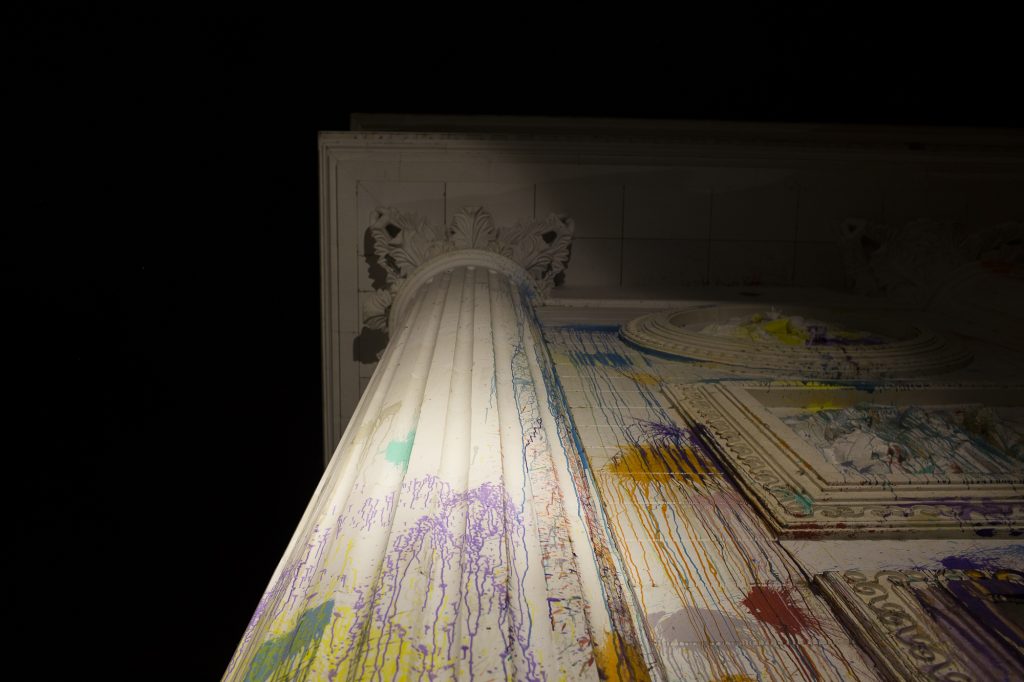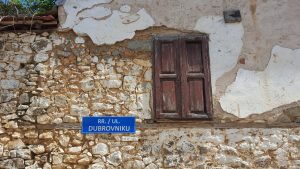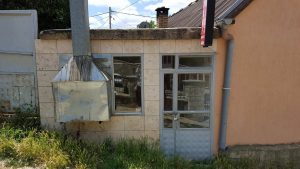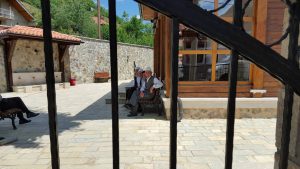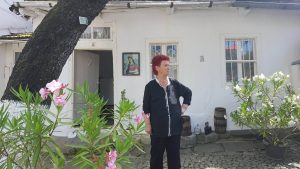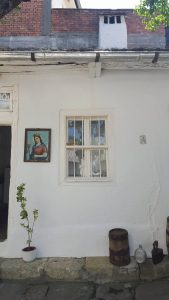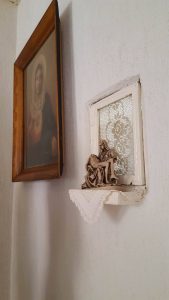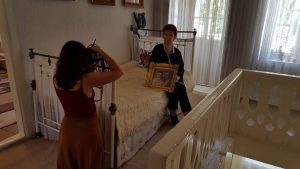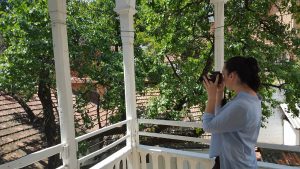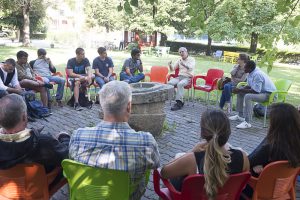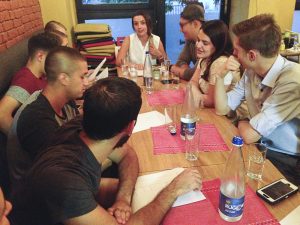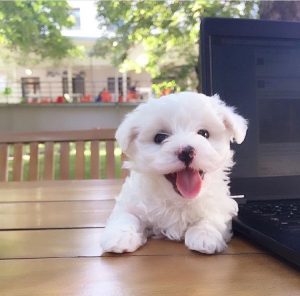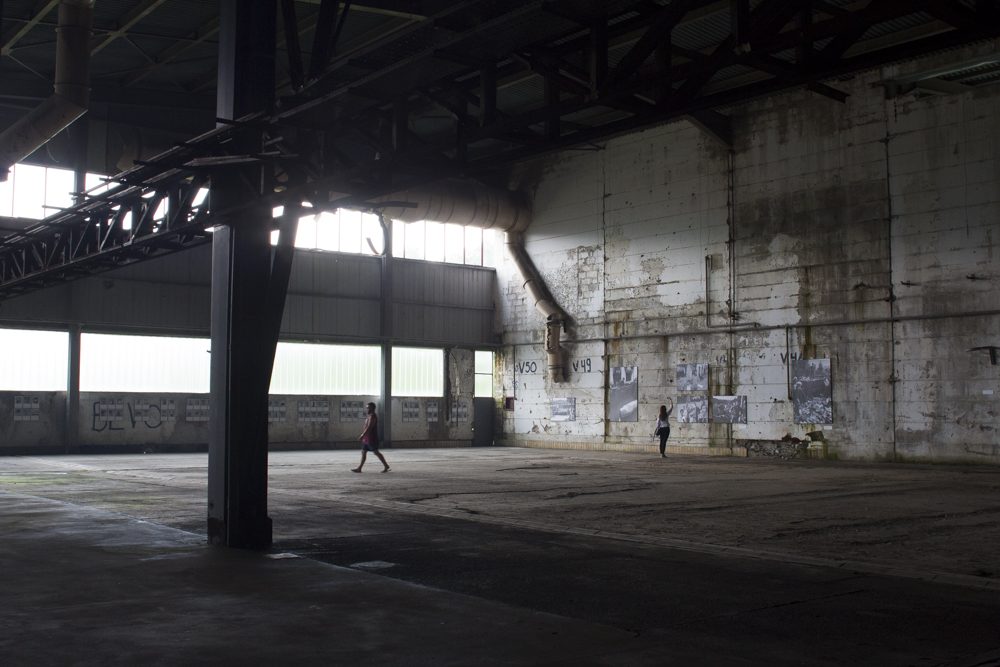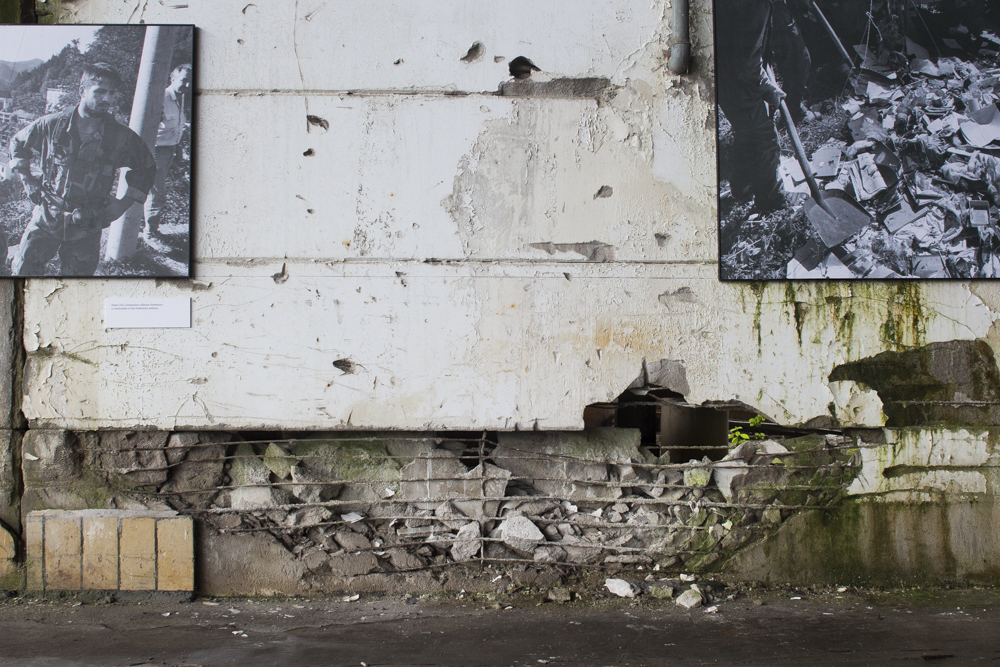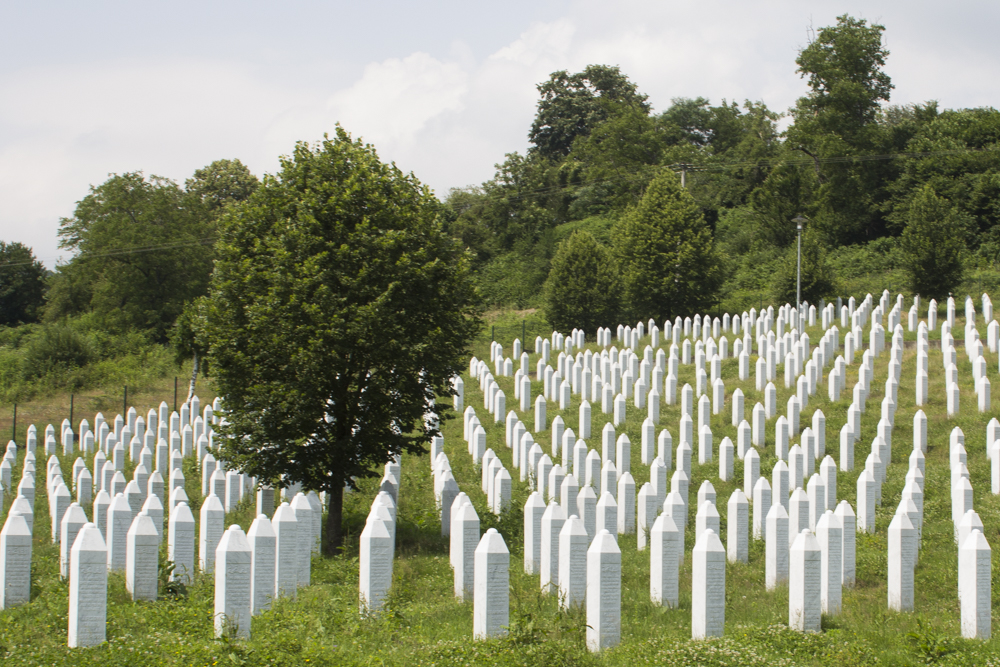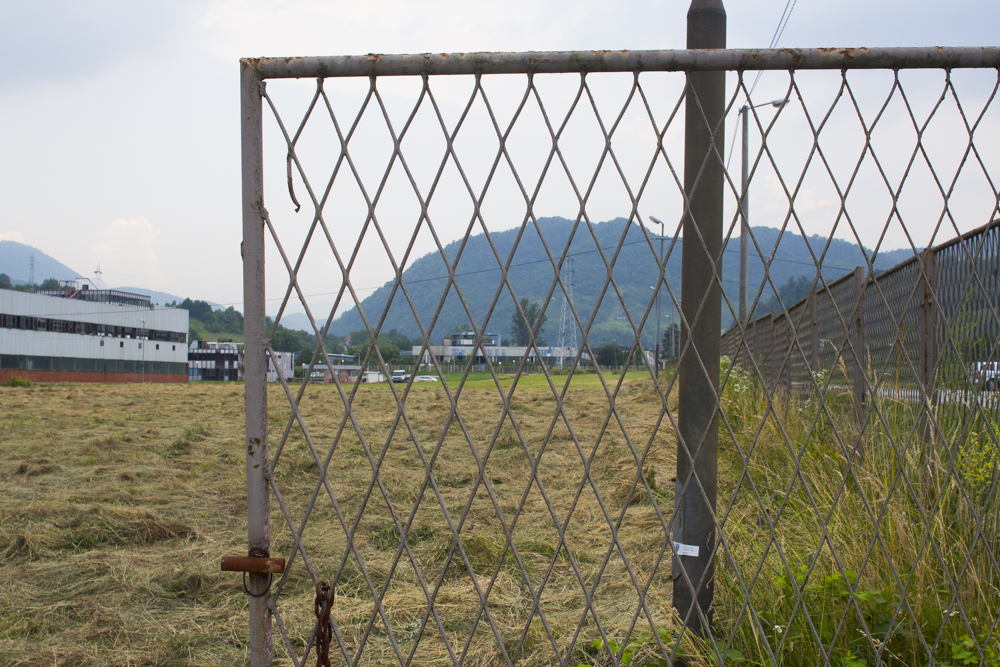I’m sitting here trying to get myself to finally cut this audio and start to stitch it together. But the later it gets, and the closer I get to the next day, the more my nerves tighten.
Weeks ago, I found this article that briefly touched on the lives of a number of families who were living in an abandoned prison in Istog, Kosovo. The old Dubrava Prison. This struck me, and seemed to be the sort of social issues story I’d really want to work on. I had one goal this whole trip, and it was to make this story come to fruition. Weeks went by where I hadn’t thought I was making any progress, and there were times were it looked like things were falling through. I was fairly ready to give it up, and move on to plan B. However, there were lingering questions that I had to have answered before I gave it up. So I kept going on with it.
Now here I am a day after I had been there, and I have seen the families living there. And I will be very honest: I don’t know why I thought this story would be easy, and I don’t mean easy getting there, making contacts, and all the normal journalistic work. Rather, I mean, why did I not expect that I might see something there that would really strike me with fear, and a form of sorrow?
I spoke with my mom tonight, and I tried to hold what I saw back. I didn’t want her to be scared for me, (She wasn’t. She trusts God too much to worry), but I knew I needed to talk it out so that I could be ready to go back. She asked me; “What is your motive in going there?”. I have to be frank; I’ve been asking myself that same question. I would never want to be so shallow as to enter these people’s lives, and record their poverty just so I could have a good story for my portfolio. If that is my motive, then sorry Meredith, I don’t think I am going to finish this. But I know that’s not the reason.
I’m still searching for my purpose in this project. I won’t pretend to know exactly what got me here, but I’m here, and I’m going to do the work. Hopefully I will find the reason why I came. I just feel like I have nothing to offer these people. Sure, I can bring them some fruit, and maybe print them some family photos, but they’ll eat once, and be hungry again. They might have a photo to cherish for a moment, but who’s to say the elements won’t seep through the ceiling, walls, come up through the floor, and destroy the images.
The image below is what really has stricken me. And I don’t really have much to say about it. At this point, I’m just as confused, disgusted, and sorry as you might be.
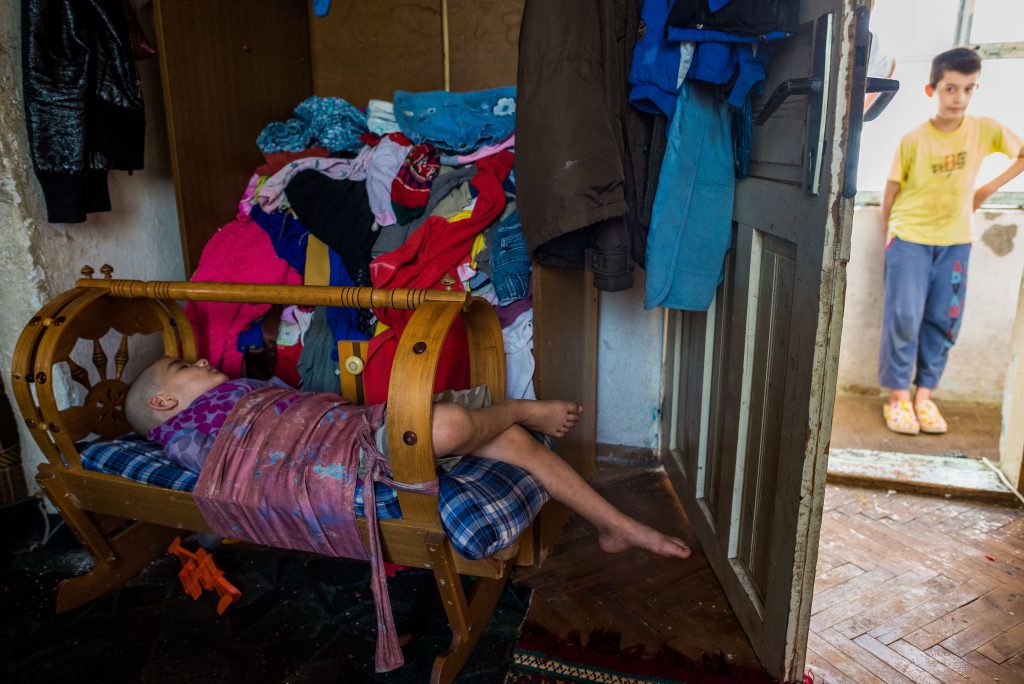
So, I’m here preparing to go back. Spend two full days with the family. I asked my mom to pray. She will be sending some bible verses in the morning.
